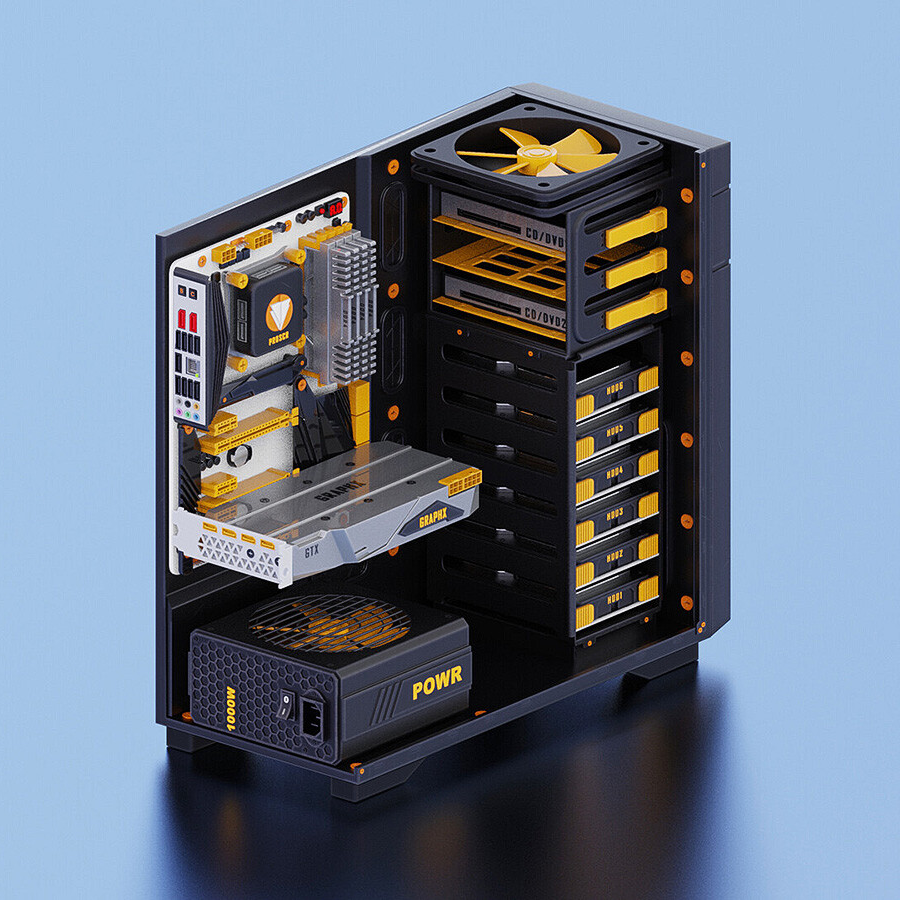

Docker’s documentation for supported backing filesystems for container filesystems.
In general, you should be considering your container root filesystems as completely ephemeral. But, you will generally want low latency and local. If you move most of your data to NFS, you can hopefully just keep a minimal local disk for images/containers.
As for your data volumes, it’s likely going to be very application specific. I’ve got Postgres databases running off remote NFS, that are totally happy. I don’t fully understand why Plex struggles to run it’s Database/Config dir from NFS. Disappointingly, I generally have to host it on a filesystem and disk local to my docker host.





In general, on bare-metal, I mount below /mnt. For a long time, I just mounted in from pre-setup host mounts. But, I use Kubernetes, and you can directly specify a NFS mount. So, I eventually migrated everything to that as I made other updates. I don’t think it’s horrible to mount from the host, but if docker-compose supports directly defining an NFS volume, that’s one less thing to set up if you need to re-provision your docker host.
(quick edit) I don’t think docker compose reads and re-reads compose files. They’re read when you invoke
docker composebut that’s it. So…If you’re simply invoking
docker composeto interact with things, then I’d say store the compose files where ever makes the most sense for your process. Maybe think about setting up a specific directory on your NFS share and mount that to your docker host(s). I would also consider version controlling your compose files. If you’re concerned about secrets, store them in encrypted env files. Something like SOPS can help with this.As long as the user invoking docker compose can read the compose files, you’re good. When it comes to mounting data into containers from NFS… yes permissions will matter and it might be a pain as it depends on how flexible the container you’re using is in terms of user and filesystem permissions.